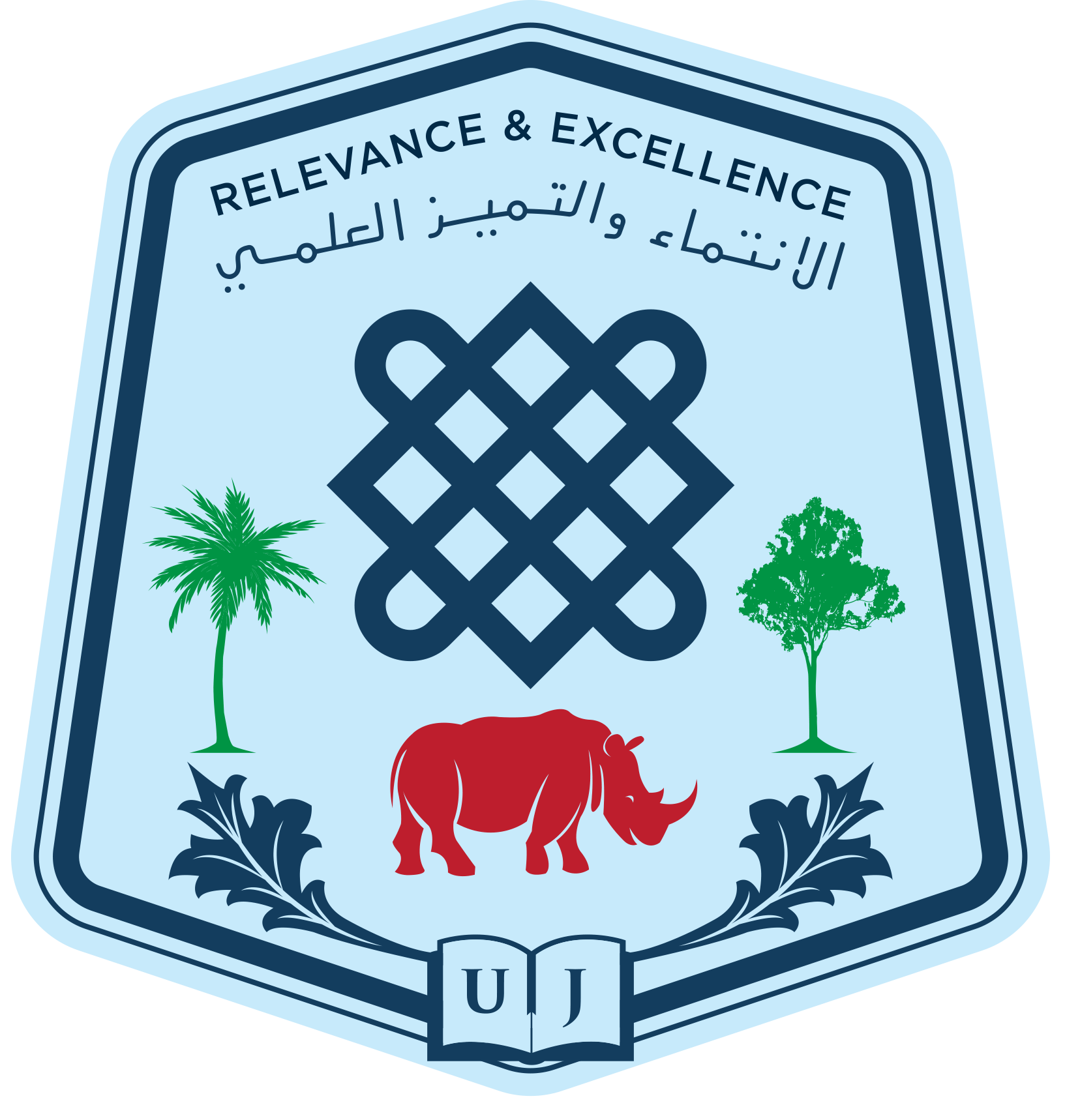Demaya, G.S et al.,
ABSTRACT
Tortoise ecology is poorly studied in East Africa. Here, using two terrestrial Testudinidae (Stigmochelys pardalis and Kinixys belliana) as study models, we (i) present basic demographic characteristics (sex-ratio, and density), (ii) describe correlates of their presence at two spatial scales (micro-habitat and macro-habitat), (iii) evaluate the effects of rainfall on their seasonal activity patterns, and (iv) analyze abundance patterns in relation to macro- and micro-habitat characteristics. We also describe an experiment, using tortoise shells, that can allow to control, and eventually correct, the reliability of observed data by taking into account the detectability of the study species in the wild. On the basis of a suite of statistical analysis and GIS-based elaborations, we confirmed, and further uncovered, the remarkable ecological differences existing between S. pardalis and K. belliana. The habitat use was different interspecifically, with K. belliana being much more linked to dense vegetation spots, often nearby waterbodies, whereas S. pardalis being an habitat generalist, at both micro- and macrohabitat scale. Nonetheless, juveniles of both species were observed in areas with significantly higher % soil covered by vegetation taller than 200 cm than adults of both sexes. This different habitat selection is hypothesized to be due to antipredatory reasons. Overall, our data suggests that interspecific competition should be minimal between these species.
Keywords: Tortoises; Habitat selection; Ecology; East Africa
Download the PDF Habitat use and spatial niche overlap of sympatric savannah tortoises at multiple spatial scales in South Sudan
